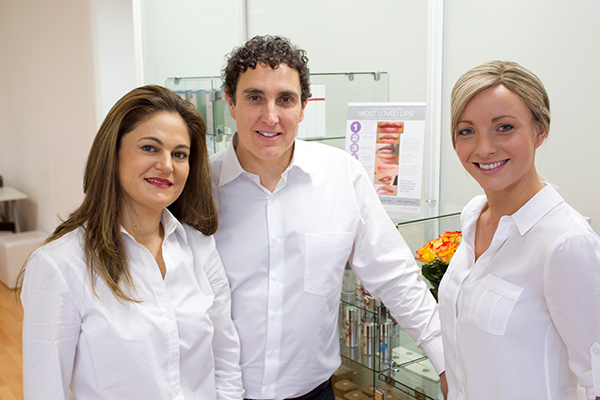Until recently, choosing a sunscreen has been limited to primarily those with Chemical Absorbers. Consumers are now able to make an informed choice with the arrival of a new generation of Physical Sunscreens into the market.
What are the differences between Physical and Chemical sunscreens?
Current research has conclusively proven that Chemical Sunscreens act by absorbing UV light for a limited period (related to the SPF factor). These chemicals are able to reach the bloodstream and are found in the liver 72 hours after application!
Furthermore, these chemicals are only able to absorb UVB rays (the rays responsible for sunburn) and not UVA rays (the dermally penetrating rays responsible for photoageing, collagen degradation and some forms of skin cancer).
Physical Sunscreens, on the other hand, act by adhering to the surface of the skin and physically reflecting all of the harmful rays (UVA and UVB). They are not absorbed into the bloodstream. Physical sunscreens are a total sun block, provided they are not removed from the surface of the skin. The general rule with Physical Sunblocks is ‘You move it, you lose it!’ Although Physical Sunscreens are water resistant, it is generally recommended that they be reapplied every 80 minutes to account for incidental bodily activities such as rubbing or excessive perspiration.
Although Physical Sunscreens cannot be given an SPF, (as Sun Protection Factor is a mathematical equation relating to the length of time that a Chemical Sunscreen is able to absorb UV light once inside the skin), a physical sunscreen is the equivalent of an SPF 30+.
Physical Sunscreens do not penetrate the epidermis and are primarily composed of inert minerals (such as Titanium Dioxide). Physical Sunscreens, therefore, are significantly less allergenic or irritating. It is also recommended that acne sufferers use Physical Sunscreens which are less comedogenic than many chemical absorbers.
How do I distinguish between Physical and Chemical Sunscreens?
- Always check the ingredient listings on the label
- Physical and chemical Sunscreens contain some / all of the following ingredients
Physical Sunscreens
- Titanium dioxide
- Zinc oxide
- Zirconium oxide
Chemical Sunscreens
- PABA
- Octyl Methoxycinnamate
- Oxygenzone
- Butyl Methoxydibenzoylmethane
- Benzophenone
- Avobenzene

